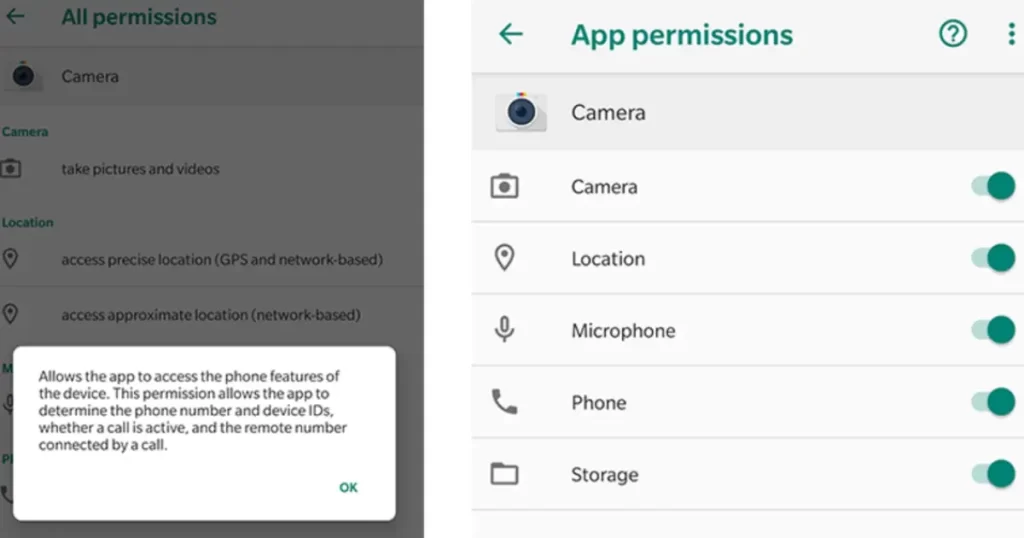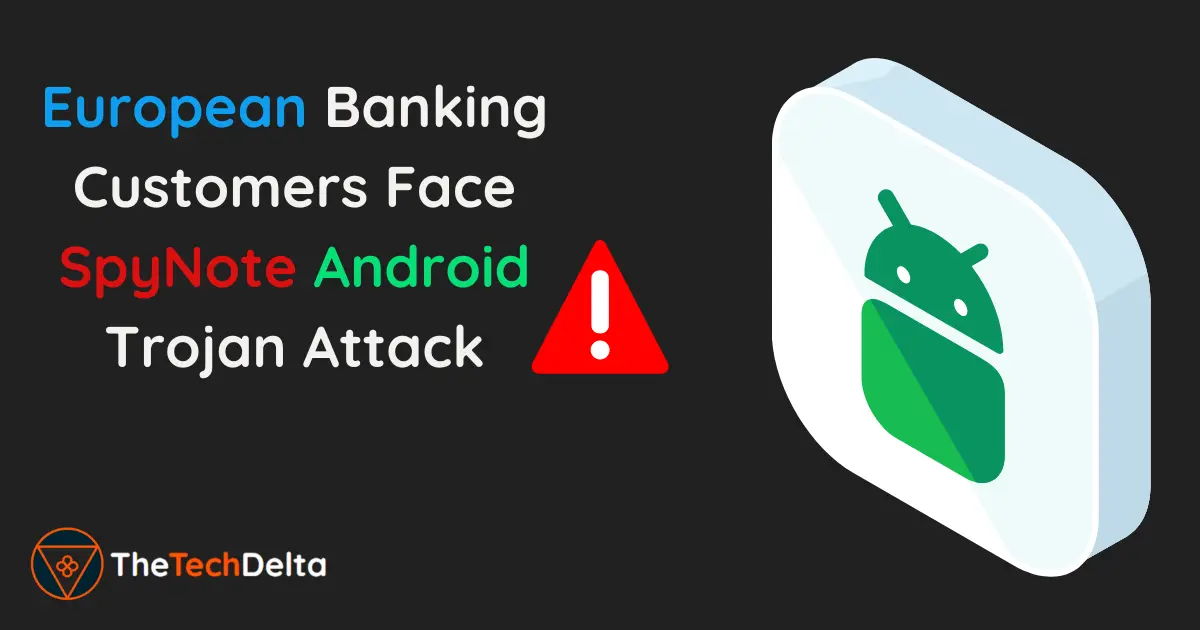In recent months, a noteworthy escalation in cybercrime activities has been detected, predominantly targeting customers of various European banks. The threat at hand stems from a potent and malicious Android banking Trojan known as SpyNote. This harmful software has been identified as the main driver behind an aggressive cybercrime campaign that was notably active during June and July of 2023. The disconcerting uptick in these attacks, exploiting a range of sophisticated techniques to compromise user data, marks a significant shift in the cybersecurity landscape, warranting immediate attention and countermeasures.
How SpyNote Trojan Distributes Its Spyware
Notably, the malware distribution channels involve the use of email phishing or smishing campaigns. The fraudulent actions entail a fusion of remote access trojan (RAT) functionalities and vishing attacks, as reported by Cleafy, an Italian cybersecurity agency.

Known alternatively as SpyMax, SpyNote mirrors the operational patterns of various Android banking Trojans. It necessitates Android’s accessibility permissions to allocate itself the permissions needed to accumulate sensitive data from infected gadgets, acting both as a spyware and a tool for bank fraud.
SpyNote Attack Mechanism
The attack chains initiate with a deceptive SMS, which nudges users to install a banking app by tapping the attached link. The link leads the victims to the genuine TeamViewer QuickSupport app on the Google Play Store.
According to Francesco Iubatti, a security researcher, “Several threat actors employ TeamViewer to execute fraudulent operations via social engineering attacks.” Typically, the attacker impersonates bank operators and conducts fraudulent transactions directly on the victim’s device using this method.
The strategy is to utilize TeamViewer as a pathway to secure remote access to the victim’s phone, stealthily installing the malware. The collected information by SpyNote ranges from geolocation data, keystrokes, and screen recordings to SMS messages, bypassing SMS-based two-factor authentication (2FA).
Ties with Bahamut and Its Latest Activities
Recent revelations suggest that Bahamut, a known hack-for-hire operation, is linked to a new campaign targeting individuals in the Middle East and South Asia. The objective is to install a fake chat app, SafeChat, that hides an Android malware named CoverIm.
Delivered through WhatsApp, the app showcases identical features to SpyNote. It requests for accessibility permissions, collects call logs, contacts, location data, SMS messages, and even installs additional apps. It can also extract data from various platforms including Facebook Messenger, Signal, Telegram, Viber, and WhatsApp.
Cyfirma, the firm that detected these recent activities, mentions that the employed tactics overlap with another nation-state actor known as the DoNot Team. This actor was recently spotted using rogue Android apps published on the Play Store to target individuals in Pakistan.
Social Engineering Strategies of Bahamut
Bahamut relies on invented personas on social media platforms like Facebook and Instagram. These personas pretend to be tech recruiters at big tech firms, journalists, students, and activists to fool unsuspecting users into downloading malware onto their devices.
In May 2023, Meta revealed that “Bahamut utilised a range of methods to host and distribute malware, including running a network of malicious domains pretending to offer secure chat, file-sharing, connectivity services, or news applications.” Some of these even mimic the domains of regional media outlets, political organizations, or legitimate app stores, likely to make their links appear more credible.
Conclusion
The rise in cybercrimes like the SpyNote Trojan campaign calls for vigilance from bank customers and a commitment to cybersecurity best practices. The fight against such cyber threats is continual, and understanding their tactics is the first step in ensuring the safety of sensitive information and banking details. This requires a collaborative effort from individuals, banks, and cybersecurity firms to counteract these evolving cyber threats.
As the cybersecurity landscape continues to evolve, it is essential to stay informed about emerging threats and developments. I would highly suggest you to visit our CyberSecurity section to enhance your defenses and stay ahead of evolving cyber threats.
If you found these cybersecurity updates valuable, don’t miss out on more exclusive content. Follow us on Twitter and Instagram to stay informed about emerging threats and developments. Join our community and gain access to the latest cybersecurity trends to bolster your defense against evolving risks.



